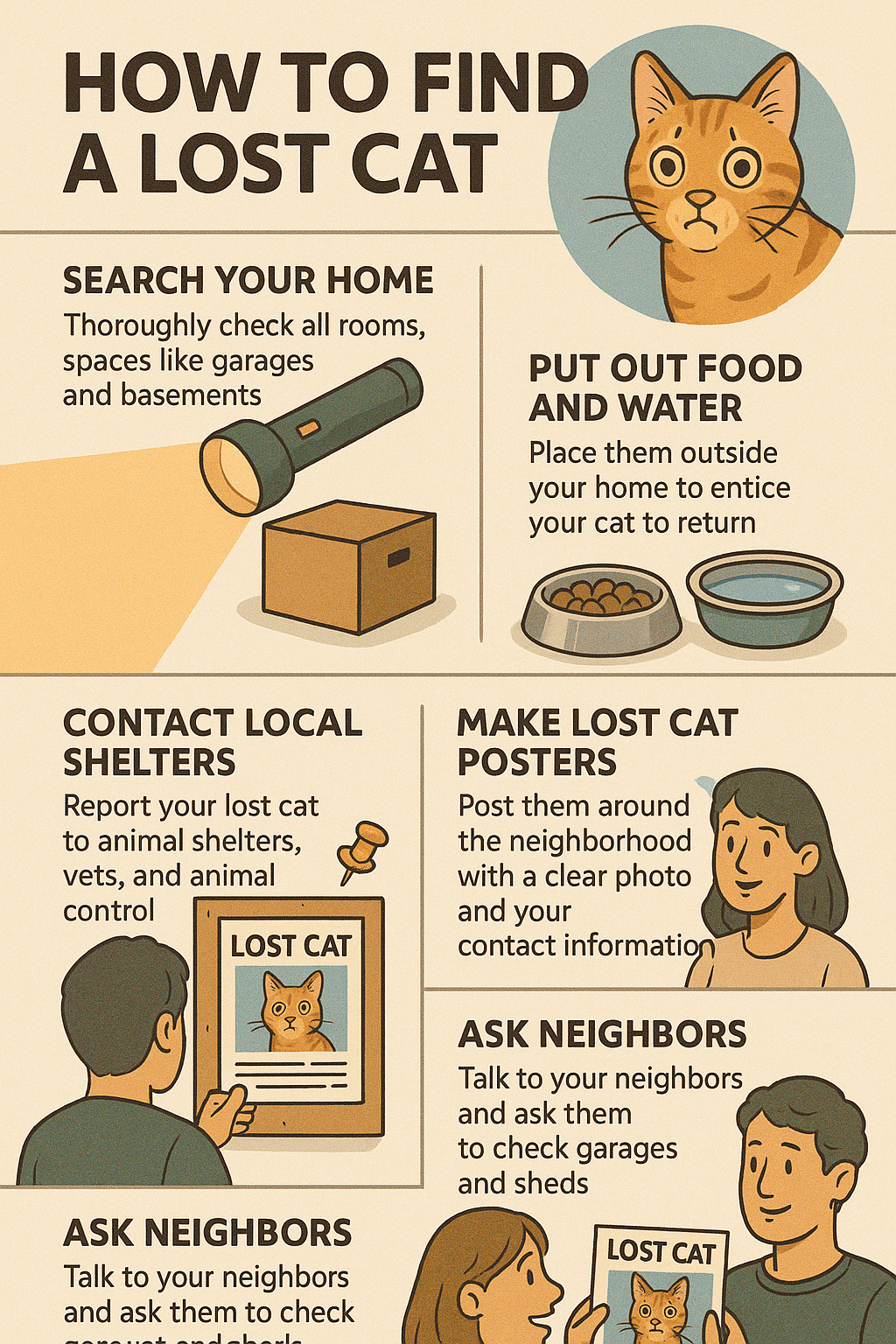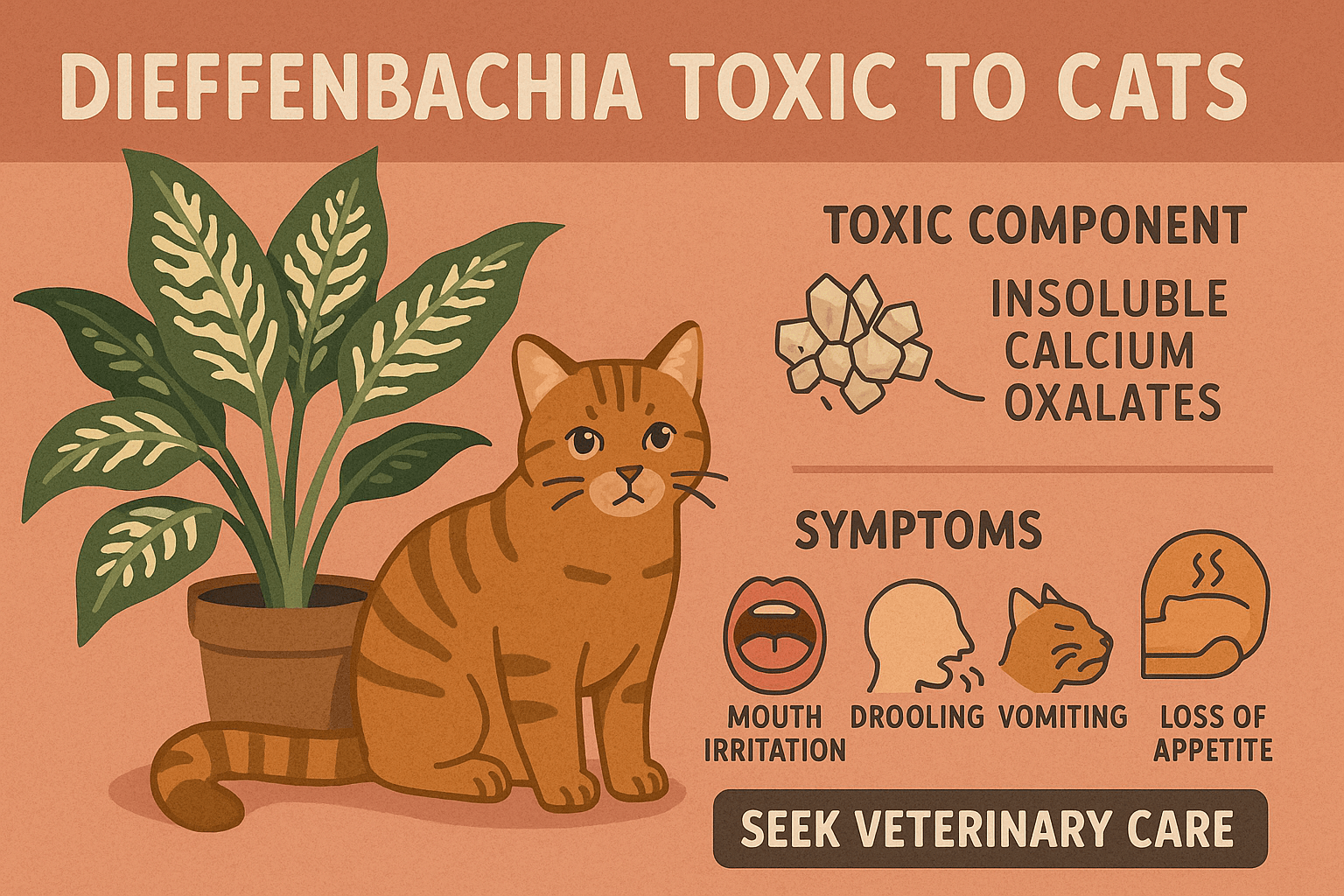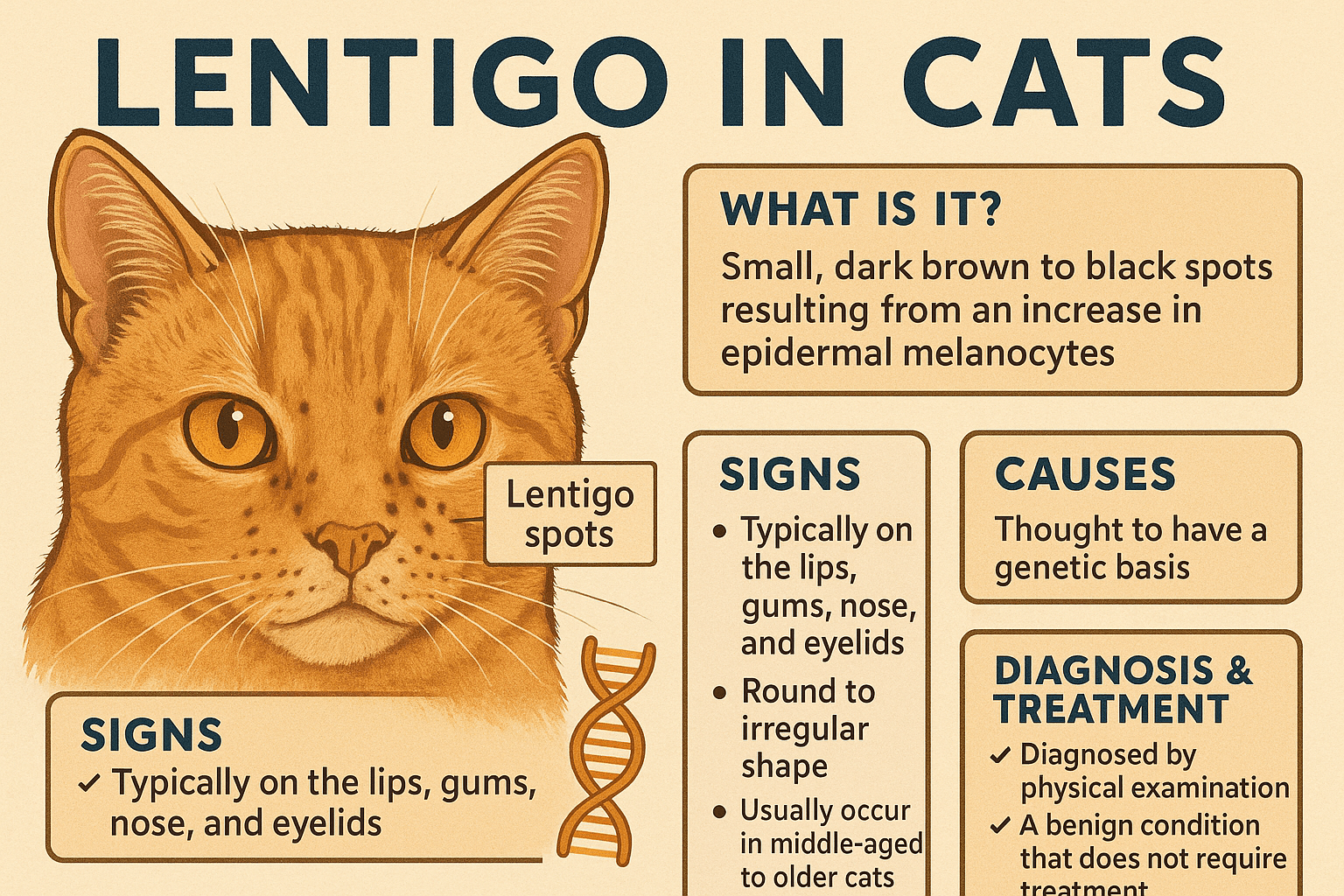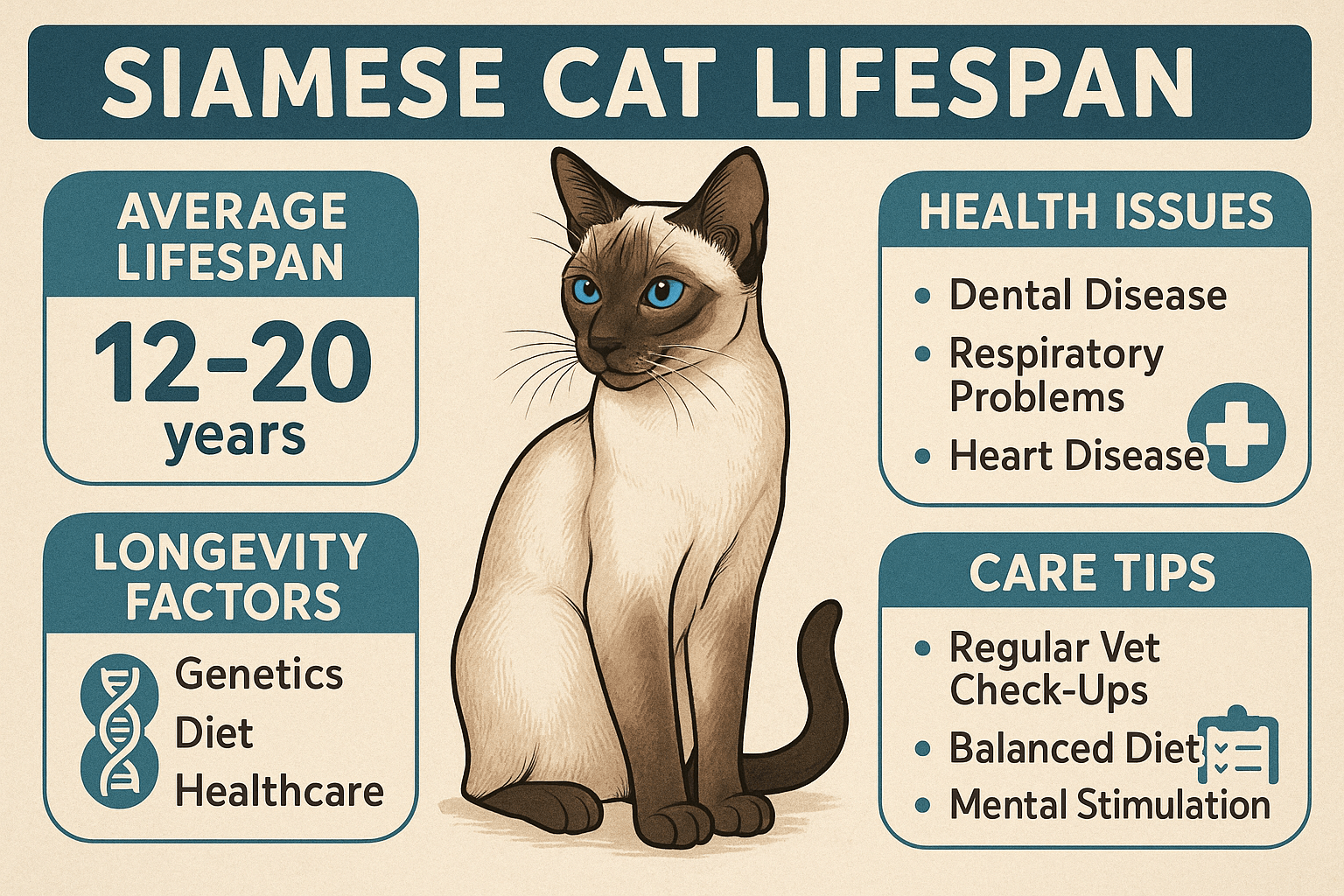Can an Outdoor Cat Become an Indoor Cat? A Guide to Transitioning Successfully
Bringing an outdoor cat indoors can feel like a daunting task, especially if your feline friend is used to roaming freely. However, with patience, preparation, and the right approach, it’s entirely possible to help your outdoor cat adapt to life inside. Whether you’re motivated by safety concerns, health reasons, or environmental factors, transitioning your cat to an indoor lifestyle can lead to a longer, healthier, and happier life for them—and peace of mind for you. In this guide, we’ll explore how to make the switch smoothly, address potential challenges, and create an enriching indoor environment that satisfies your cat’s natural instincts.
Why Bring Your Cat Indoors? Key Advantages of an Indoor Life
Transitioning your outdoor cat to an indoor lifestyle comes with numerous benefits that enhance their well-being and longevity. While the adjustment may take time, the advantages far outweigh the initial challenges. Here are some compelling reasons to consider making the switch:
Reduced Risk of Injury :
Indoors, cats are safe from traffic accidents, fights with other animals, and predatory threats.Lower Exposure to Diseases :
Outdoor cats are more likely to contract illnesses from other animals or contaminated environments.Protection from Harsh Weather :
Extreme temperatures, rain, and snow can pose risks to outdoor cats’ health.Increased Lifespan :
Studies show that indoor cats often live significantly longer than their outdoor counterparts.Environmental Conservation :
Keeping cats indoors helps protect local wildlife, such as birds and small mammals, from predation.
By transitioning your cat to an indoor lifestyle, you’re not only safeguarding their health but also contributing to the well-being of your community and ecosystem. The effort is well worth the rewards.
How to Transition Your Cat Successfully: A Step-by-Step Guide
Moving an outdoor cat indoors requires careful planning and gradual adjustments to ensure they feel comfortable in their new environment. Rushing the process can lead to stress and behavioral issues, so take your time and follow these steps:
Start Gradually :
Begin by bringing your cat indoors for short periods each day, gradually increasing the duration.Create a Safe Space :
Designate a quiet room or area where your cat can retreat and feel secure during the transition.Provide Enrichment :
Offer toys, scratching posts, and climbing structures to keep your cat mentally and physically stimulated.Establish a Routine :
Cats thrive on consistency; set regular feeding, play, and grooming schedules to help them adjust.Use Positive Reinforcement :
Reward your cat with treats, praise, or affection when they exhibit calm behavior indoors.
Patience and consistency are key to helping your outdoor cat embrace their new indoor lifestyle. With time, they’ll learn to enjoy the comforts and security of home.
Check this guide 👉Indoor vs Outdoor Cat Lifespan: Best 7 Health Tips!
Check this guide 👉How Does an Indoor Cat Get Worms? Best 7 Expert Tips!

Challenges of Transitioning | Solutions to Overcome Them |
|---|---|
Resistance to staying indoors | Gradual introduction to indoor spaces |
Boredom or restlessness | Interactive toys and climbing structures |
Stress from confinement | Safe spaces and calming pheromone diffusers |
Marking territory indoors | Neutering/spaying and litter box management |
Missing outdoor exploration | Window perches and bird-watching activities |
Making the Indoors Exciting: Tips for Keeping Your Cat Happy
One of the biggest hurdles in transitioning an outdoor cat indoors is preventing boredom and frustration. Cats are naturally curious and active creatures, so replicating the stimulation they experienced outdoors is essential. Here are some ways to create an enriching indoor environment:
Interactive Toys :
Use wand toys, laser pointers, or treat-dispensing puzzles to engage your cat’s hunting instincts.Cat Trees and Shelves :
Install vertical spaces for climbing and lounging, mimicking outdoor exploration.Window Perches :
Place perches near windows so your cat can observe birds, squirrels, and other outdoor activity.Rotating Toys :
Keep your cat’s interest by regularly switching out toys to prevent monotony.Scheduled Playtime :
Dedicate time each day to interactive play sessions to burn off excess energy.
A stimulating indoor environment helps satisfy your cat’s natural curiosity and keeps them entertained. With the right setup, they’ll soon forget about their outdoor adventures.
Managing Common Issues During the Transition
Even with careful planning, behavioral challenges may arise as your outdoor cat adjusts to indoor living. Understanding these issues and knowing how to address them can make the process smoother for both you and your feline companion.
Excessive Meowing or Vocalization :
Often a sign of anxiety or boredom; provide distractions and attention to soothe your cat.Scratching Furniture :
Redirect this behavior by offering scratching posts and using deterrent sprays on furniture.Attempts to Escape :
Secure doors and windows, and supervise your cat closely during the initial transition phase.Litter Box Problems :
Ensure the litter box is clean, accessible, and placed in a quiet location to encourage use.Aggression or Fearfulness :
Give your cat space and time to adjust, avoiding forced interactions until they feel comfortable.
Addressing these behaviors promptly will help your cat settle into their new indoor routine more quickly. Remember, patience and understanding go a long way.
Prioritizing Your Cat’s Well-Being: Health Tips for a Smooth Transition
Transitioning an outdoor cat indoors can sometimes bring up health concerns, especially if they’re used to a more active lifestyle or exposed to different environmental factors. Addressing these considerations ensures your cat remains healthy and comfortable during the adjustment period.
Veterinary Check-Up :
Schedule a vet visit to address any existing health issues and ensure vaccinations are up-to-date.Monitor Weight Changes :
Indoor cats may become less active, so keep an eye on their weight to prevent obesity.Dental Health :
Provide dental treats or toys to maintain oral hygiene, which may have been neglected outdoors.Parasite Prevention :
Treat for fleas, ticks, or worms that your cat may have picked up while outside.Stress Management :
Use calming supplements or pheromone diffusers to reduce anxiety during the transition.
By prioritizing your cat’s health, you can make the move indoors safer and more comfortable, setting them up for long-term well-being.
Strengthening Your Bond: Tips for Building Trust Indoors
As your outdoor cat adjusts to indoor living, building trust is crucial to ensuring they feel safe and secure in their new environment. A strong bond will help them adapt faster and reduce stress during the transition.
Spend Quality Time Together :
Dedicate time each day to petting, grooming, or simply sitting near your cat.Respect Their Space :
Allow your cat to approach you on their terms, avoiding forced interactions.Use Positive Reinforcement :
Reward calm behavior with treats, praise, or playtime to encourage trust.Maintain a Calm Environment :
Minimize loud noises or sudden changes that could startle or stress your cat.Be Patient :
Understand that trust takes time, especially for cats adjusting to a major lifestyle change.
Building trust creates a foundation of security and love, helping your cat feel at home indoors. With patience and consistency, your bond will grow stronger every day.
Safe Ways to Satisfy Your Cat’s Outdoor Instincts Indoors
Even though your cat is now indoors, there are ways to provide them with experiences that mimic the thrill of outdoor exploration. These alternatives can help satisfy their natural instincts while keeping them safe.
Enclosed Outdoor Spaces (Catio) :
Build or purchase a catio to give your cat access to fresh air without the risks of roaming free.Leash Training :
Gradually introduce your cat to a harness and leash for supervised outdoor adventures.Nature-Inspired Toys :
Use toys that mimic prey, such as feather wands or moving mice, to simulate hunting.Indoor Gardening :
Grow cat-safe plants like cat grass or catnip to bring a bit of nature inside.Soundscapes and Videos :
Play recordings of birdsong or videos of wildlife to engage your cat’s senses.
These alternatives allow your cat to experience the joys of the outdoors in a controlled and safe way, reducing their longing for past adventures. By incorporating these ideas, you can create a fulfilling indoor life for your feline friend.
Frequently Asked Questions About Transitioning Outdoor Cats Indoors
How long does it take for an outdoor cat to adjust to indoor living?
Every cat is different, but most adapt within a few weeks to a few months with proper support.
Can older cats successfully transition to indoor life?
Yes, while younger cats may adapt faster, older cats can also thrive indoors with patience and care.
What if my cat tries to escape constantly?
Secure all exits, use deterrents, and provide plenty of enrichment to discourage escape attempts.
Should I keep my cat indoors permanently once they’ve transitioned?
Ideally, yes; allowing them outside again can undo progress and reintroduce risks.
How can I make my home safer for my newly indoor cat?
Remove hazards like toxic plants, small objects, and open windows without screens.
Final Thoughts: Embracing the Journey to Indoor Living
Transitioning an outdoor cat to an indoor lifestyle is a rewarding decision that prioritizes their safety, health, and happiness. While the process may require patience and effort, the long-term benefits for both you and your feline companion are undeniable. By creating a stimulating environment, addressing challenges proactively, and providing plenty of love and support, you can help your cat flourish indoors. Remember, every small step you take brings you closer to a harmonious and fulfilling relationship with your pet. With dedication and care, your outdoor cat can thrive as a happy and content indoor companion.
How to Find a Lost Cat: Best 7 Expert Tips! Discover actionable strategies to locate your missing cat, understand their behavior, and prevent future escapes with expert advice.
Is Dieffenbachia Toxic to Cats? Best 7 Expert Tips! Discover the dangers of Dieffenbachia, symptoms of poisoning, and how to keep your cat safe with expert advice and preventive measures.
Lentigo in Cats: Best 7 Expert Tips! Discover expert advice on understanding, identifying, and managing lentigo in cats to ensure your feline's health and happiness.
Siamese Cat Lifespan: Best 7 Expert Tips! Discover how to maximize your Siamese cat’s longevity with expert advice on health, care, and lifestyle for a happy, thriving feline companion.





